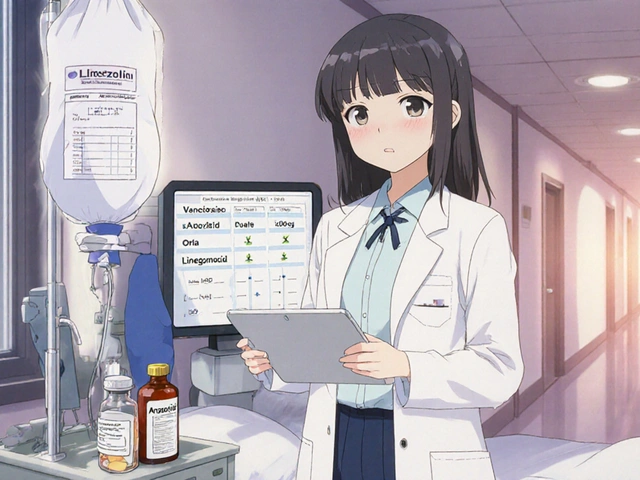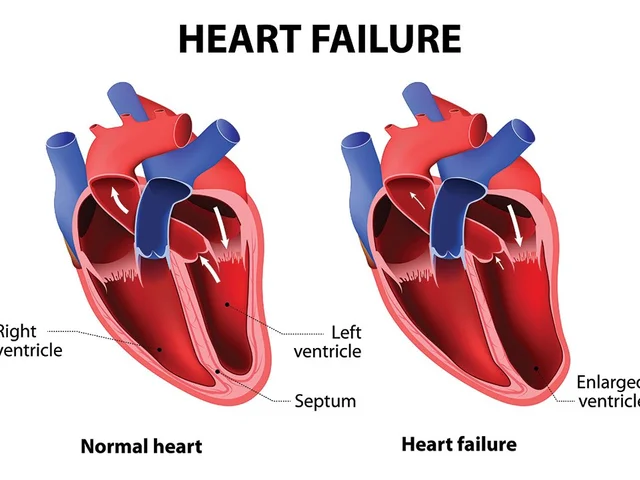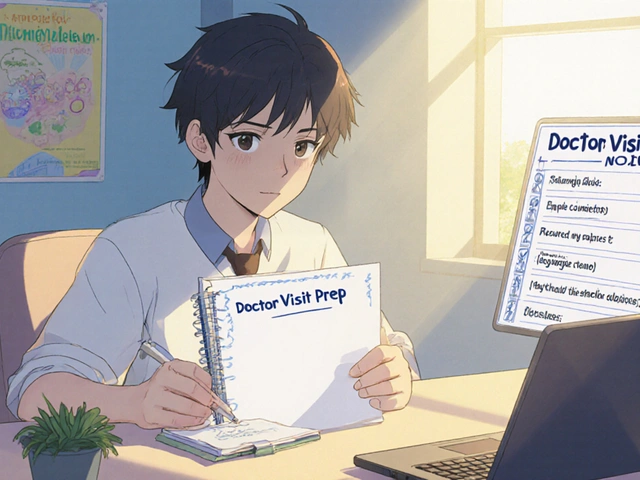AF Bleeding Risk: What It Means and How to Reduce It
If you have atrial fibrillation (AF), you already know your heart rhythm is off. What many people overlook is that the condition often puts you in a higher bleeding zone, especially when you’re on blood thinners. Understanding why the risk exists and what you can do about it makes a big difference in staying safe.
Why Bleeding Happens with AF
AF itself doesn’t bleed, but the drugs used to keep clots from forming can thin your blood too much. Warfarin (Coumadin), for example, blocks the vitamin‑K pathway and requires regular INR checks. If the INR climbs above the therapeutic range, even a tiny bump can turn a minor cut into a serious bleed. Newer agents like apixaban or rivaroxaban work differently but still carry a bleed risk, especially if you have kidney problems or are on other meds that affect clotting.
Blood‑clotting disorders add another layer. People with inherited conditions such as von Willebrand disease may experience more bruising when they start an anticoagulant. Even common factors—like high blood pressure, alcohol use, or a history of stomach ulcers—can make bleeding more likely.
Safe Steps When Taking Blood Thinners
First, keep a lab schedule. For warfarin, a weekly INR test is standard; for newer drugs, a simple blood test every few months may be enough. Share those numbers with your doctor and never adjust the dose on your own.
Second, watch for warning signs. Red or black stools, prolonged nosebleeds, unexplained bruises, or joint pain could signal internal bleeding. If you notice any of these, call your healthcare provider right away.
Third, manage interactions. Over‑the‑counter pain relievers like ibuprofen can boost bleed risk, while certain antibiotics or antifungals can raise drug levels. Always ask a pharmacist before adding a new medication or supplement. For example, many readers of our site have asked about the safety of Vitamin K‑rich foods while on warfarin—eating leafy greens is fine, but you need consistent amounts so your INR stays stable.
Fourth, protect yourself physically. Use a soft toothbrush, electric razor, and avoid contact sports if your doctor says it’s risky. Wearing a medical alert bracelet that lists your anticoagulant can help emergency staff act quickly.
Lastly, keep up with regular check‑ups. Your doctor may adjust the dose if you gain weight, develop kidney disease, or start a new prescription. Staying in the loop means fewer surprise bleeds.
Our tag page also links to articles that dive deeper into specific drugs and conditions. Want to know how to buy cheap generic warfarin safely? Check out the guide on buying generic Coumadin online. Curious about Plavix and its bleed profile? We’ve got a full rundown on that blood thinner too. And if you’re looking at broader clotting issues, the Blood Clotting Disorders article explains symptoms, causes, and treatment options.
Bottom line: AF itself isn’t dangerous for bleeding, but the medicines you need to stay clot‑free can be. By monitoring labs, recognizing warning signs, avoiding risky drug combos, and staying active in your care, you can keep the bleed risk low and focus on living with a steadier heart rhythm.

Atrial Fibrillation & Dental Procedures: Essential Guidelines for Safe Care
- By : Archer Hamilton
- Date : Sep 24 2025
Learn how atrial fibrillation affects dental work, manage anticoagulant therapy, and reduce bleeding risks. Get practical checklists, medication tips, and clear guidelines for safe oral care.





